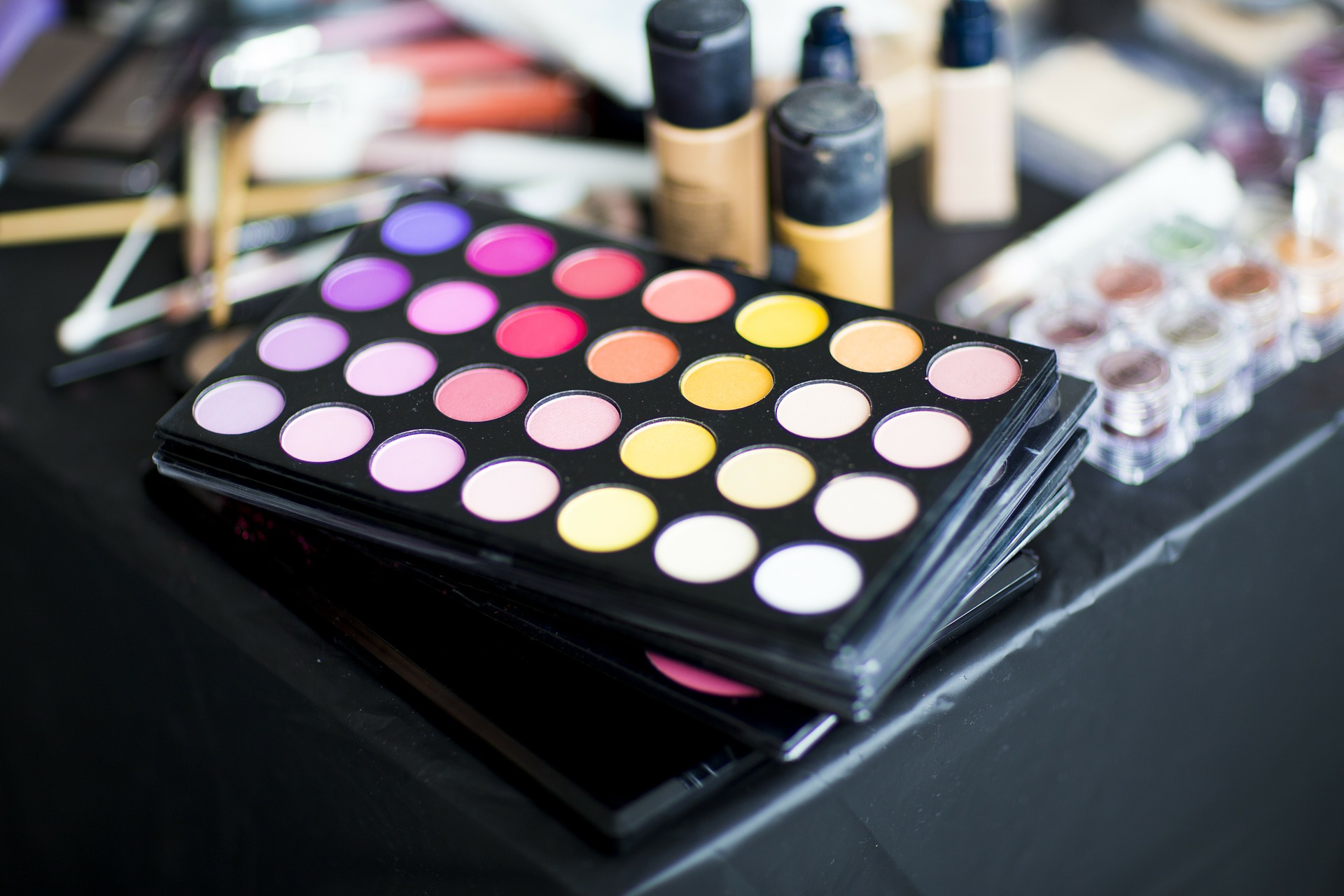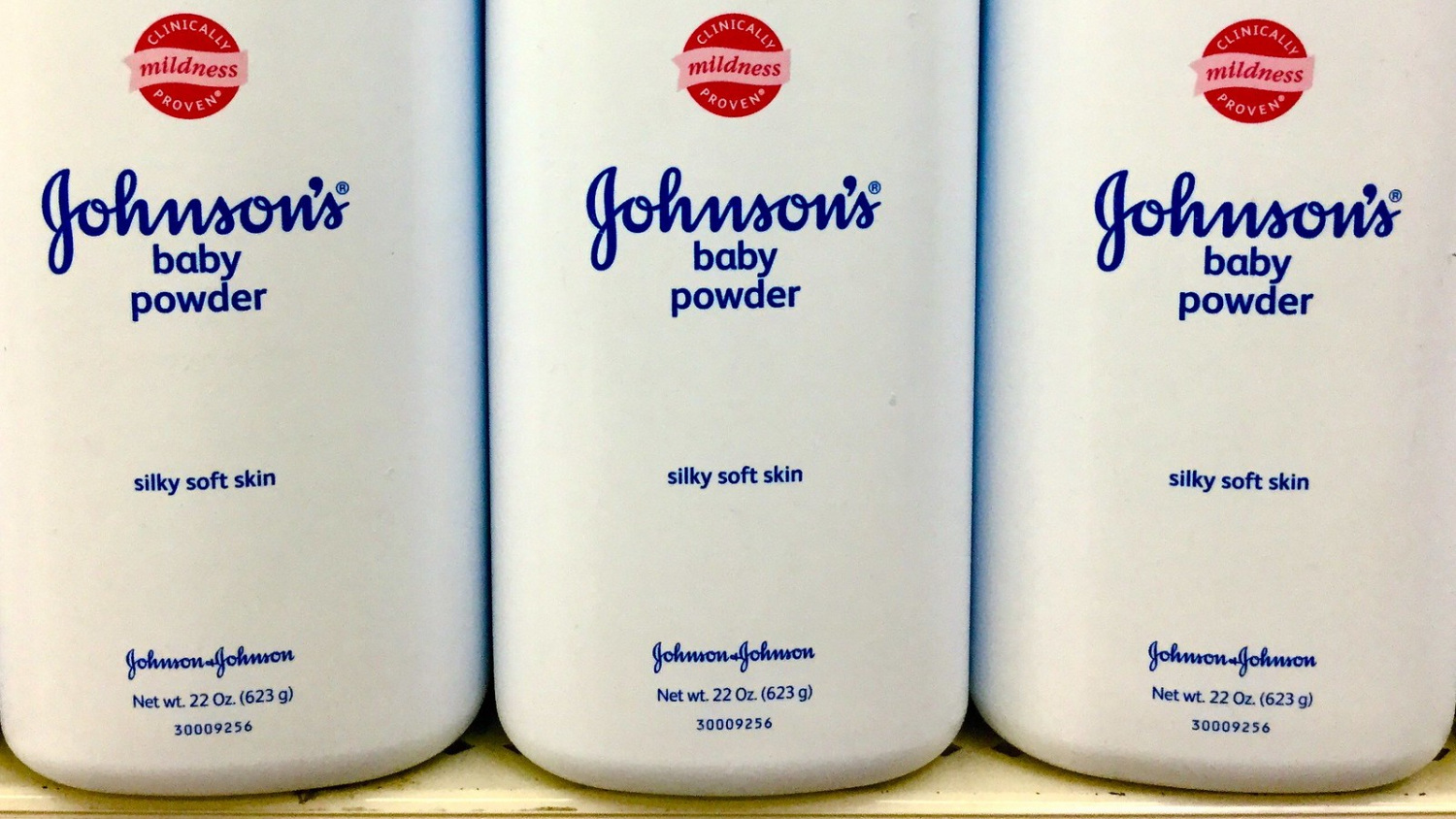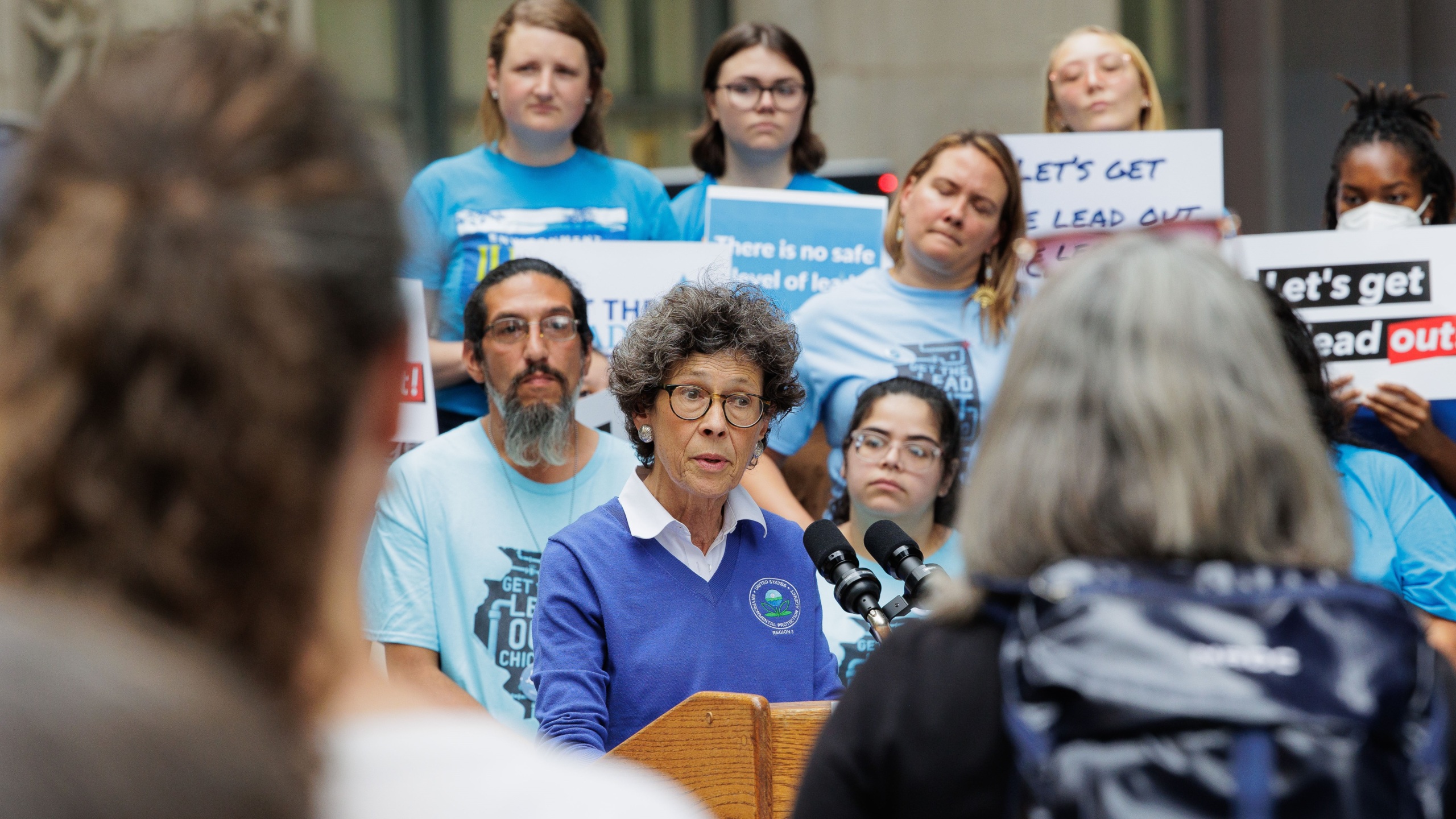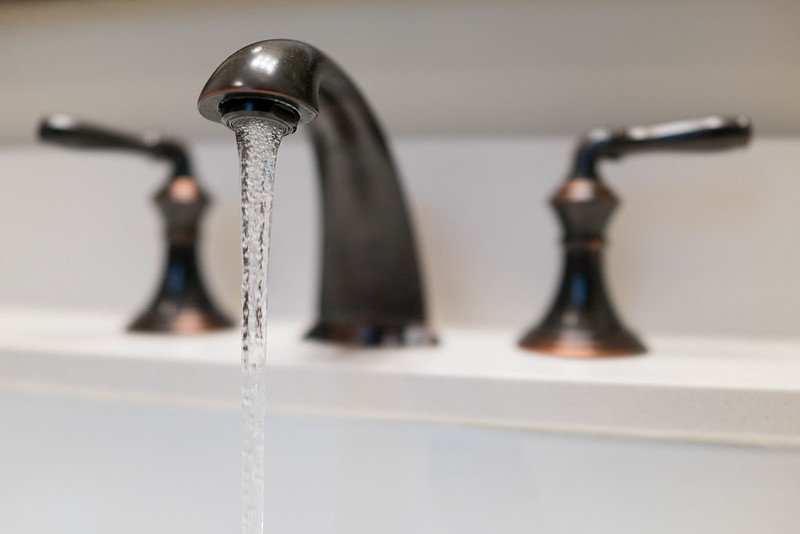Cancer prevention means no more toxic cosmetics
Cancer devastates millions of American families every year. While not all cancer cases are preventable, February is National Cancer Prevention Month, and it’s time we start a conversation about eliminating the many cancer-linked chemicals in our cosmetic and personal care products.

Cancer devastates millions of American families every year. While not all cancer cases are preventable, February is National Cancer Prevention Month, and it’s time we start a conversation about eliminating the many cancer-linked chemicals in our cosmetic and personal care products.
A recent study has found that a common ingredient in sunscreen, BP-3, may exacerbate breast cancer development. This discovery, while disturbing, is not the first of its nature. Over and over again, scientists are finding chemicals in our cosmetic and personal care products that are linked to cancer. Asbestos, a known carcinogen, has been found in talc-based baby powder and face makeup. Formaldehyde, a known carcinogen, has been found in baby shampoo and other products. Lead, a probable carcinogen, has been found in lipstick. Chemicals like these should not be used on our bodies and yet, without knowing it, many people put these cancer-linked chemicals on their skin, hair, eyes, or lips everyday.
The heart of this issue is that no government agency is in charge of testing cosmetic products and their ingredients before they’re put onto the store shelves. Moreover, even when the FDA finds something as dangerous as asbestos in a product, it has no power to conduct a mandatory recall.
Companies and regulators need to do a better job of reviewing what’s in our products before they go to market. Many scientists, health professionals, and consumer advocacy groups support the adoption of a “precautionary principle,” which says chemicals should be thoroughly tested for short-term and long-term health impacts before they are allowed on the market.
The way our system works now is the opposite of that. Chemicals can be put into products without sufficient safety testing, and consumers must demonstrate to legislators or regulators that a product is hazardous in order for it to be banned. As a result, the FDA has banned only 11 toxic ingredients from use in cosmetics, compared to more than 1,300 toxic ingredients banned in the EU. The U.S. is lagging behind, failing to protect its people from harmful chemicals that could be contributing to cancer, reproductive issues and other diseases.
With or without regulation, companies can take responsibility to protect consumers by improving their own product safety standards. When these links between cancer and cosmetic chemicals are found, companies can do one of two things: 1) make the safe decision to eliminate that chemical from their products or 2) make the dangerous decision to continue to expose consumers to that chemical. This National Cancer Prevention Month, companies and policy-makers have the opportunity to make the right choice and protect us from cancer by removing carcinogens from personal care and cosmetic products.
M. Isabelle Chaudry, [email protected], contributed to this piece. She is the Senior Policy Manager for the National Women’s Health Network, responsible for developing and leading NWHN’s women’s health and consumer safety policy efforts, with a particular focus on historically marginalized communities.
Topics
Authors
Gina Werdel
Find Out More

Media reports: Johnson & Johnson reaches settlement to resolve talc baby powder investigations

Trouble in the water? MD issues new fish consumption advisories for PFAS

Chicagoans want to get the lead out
